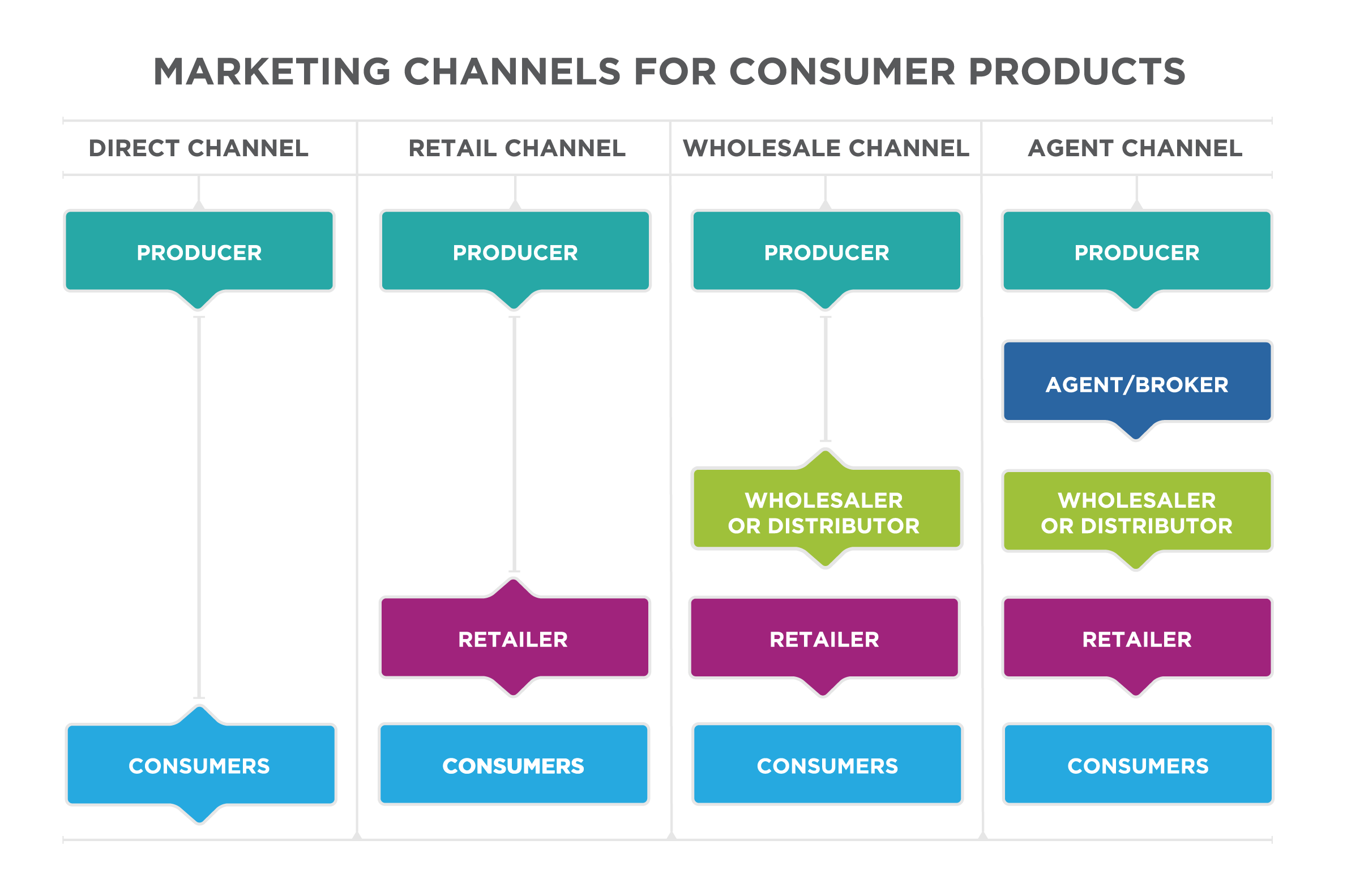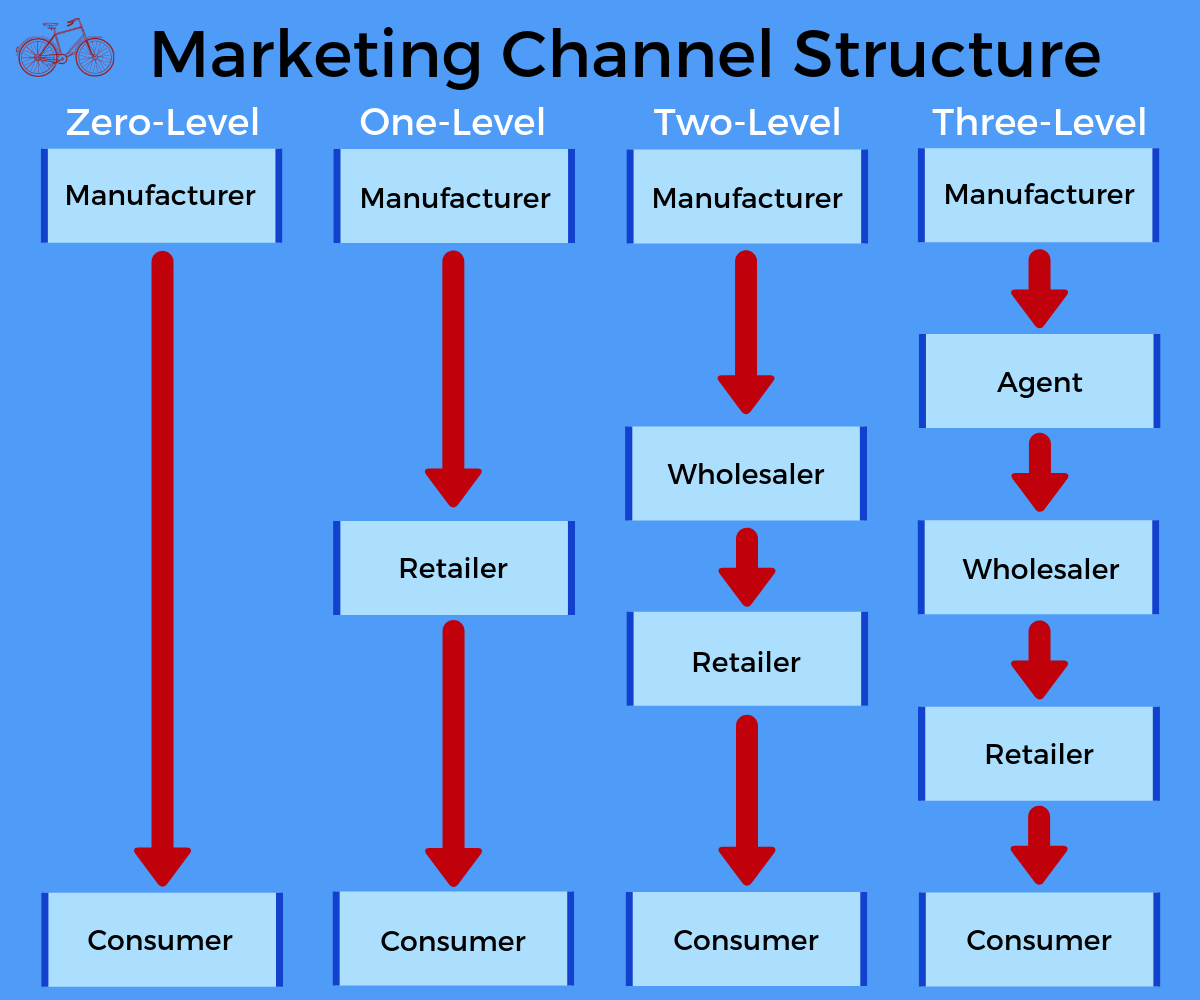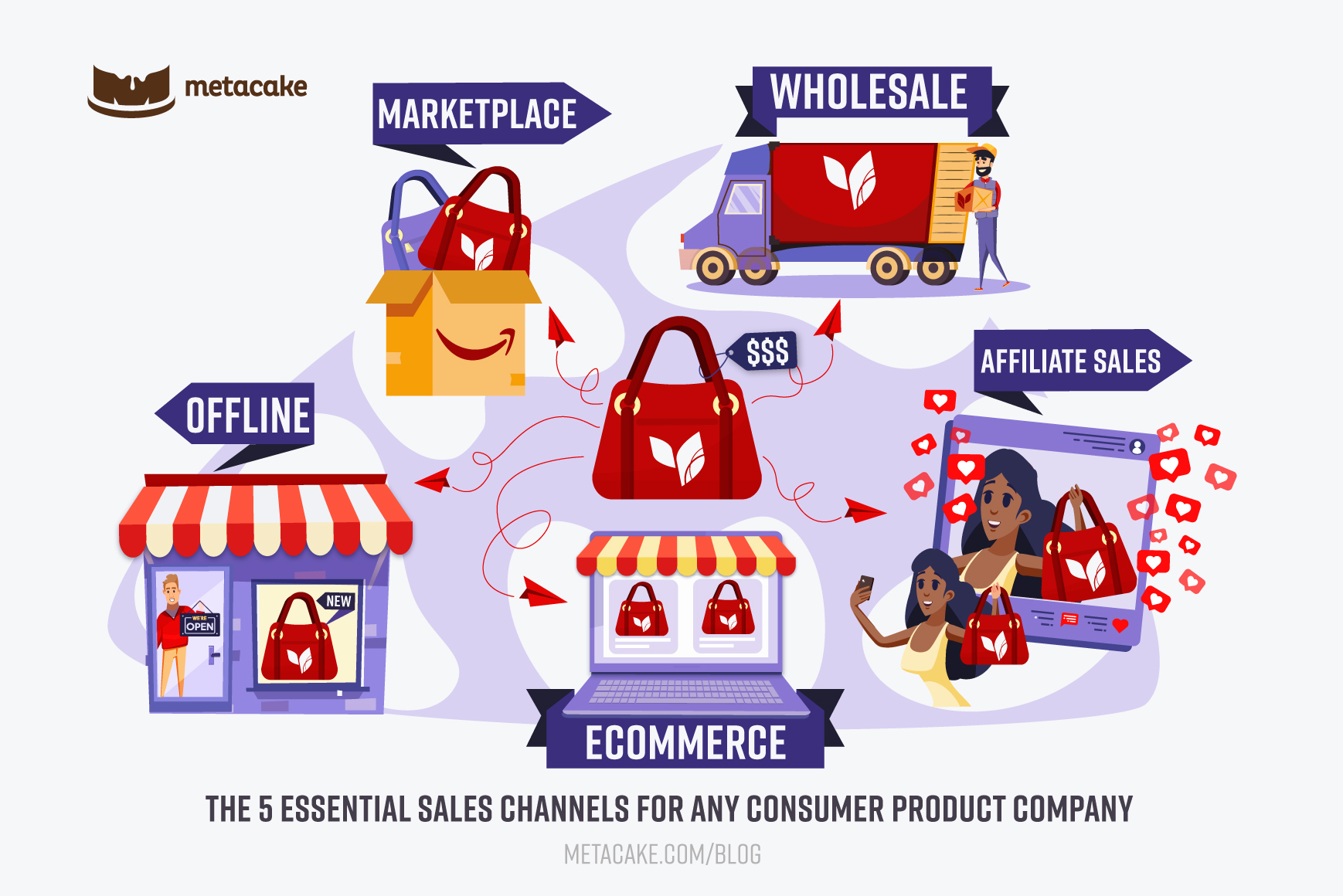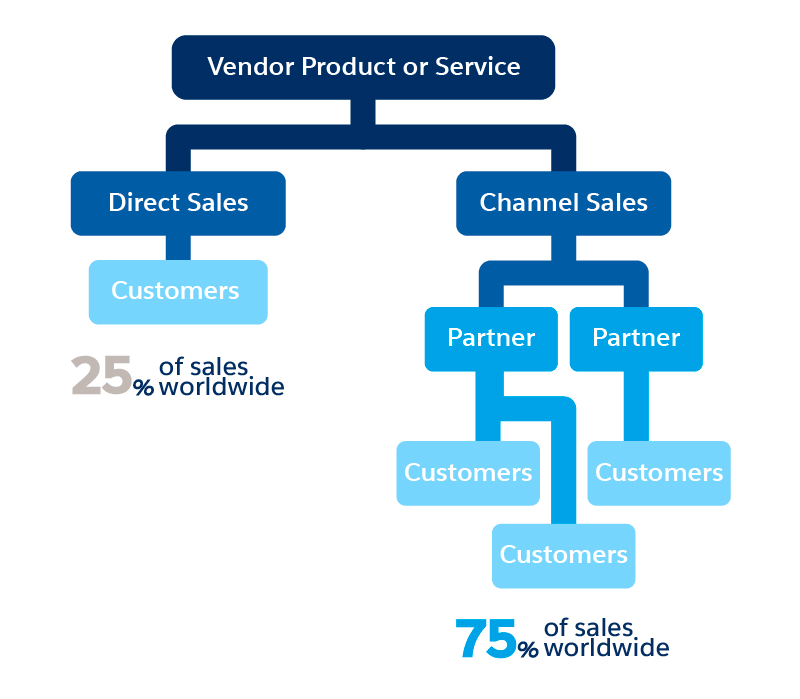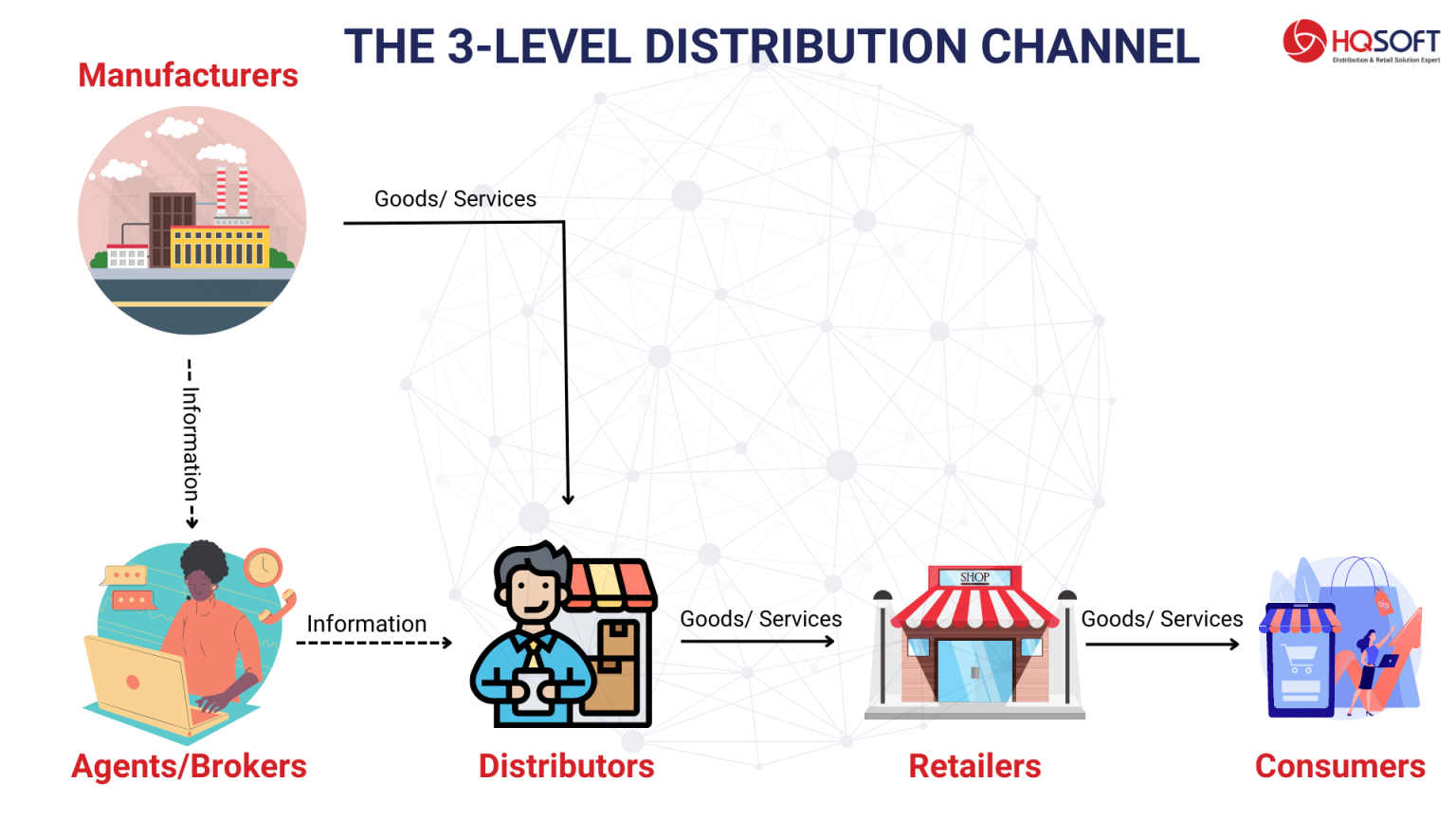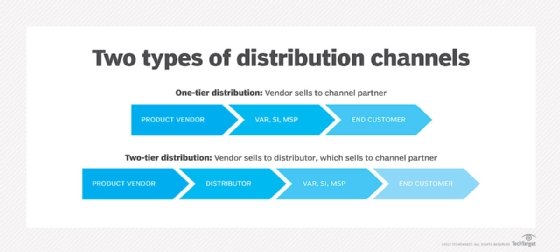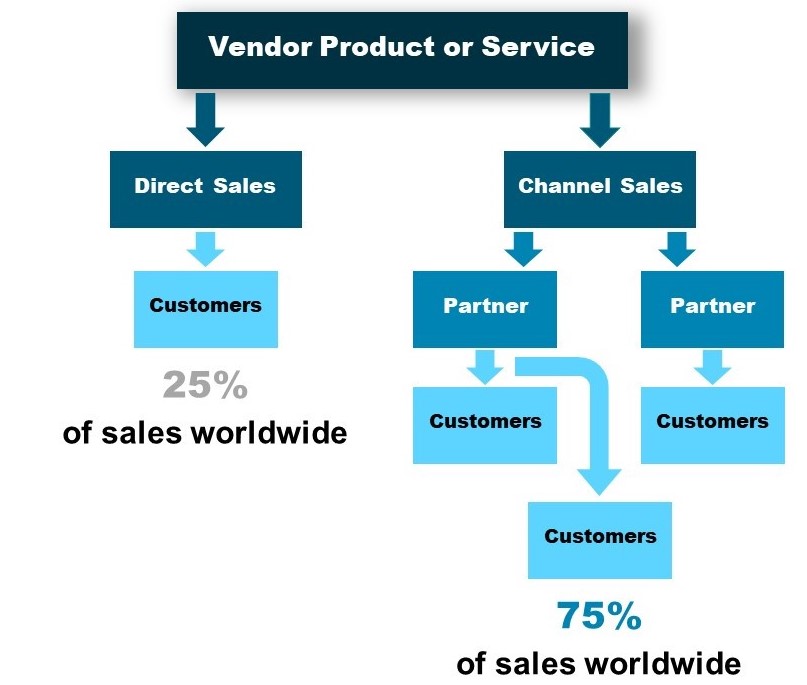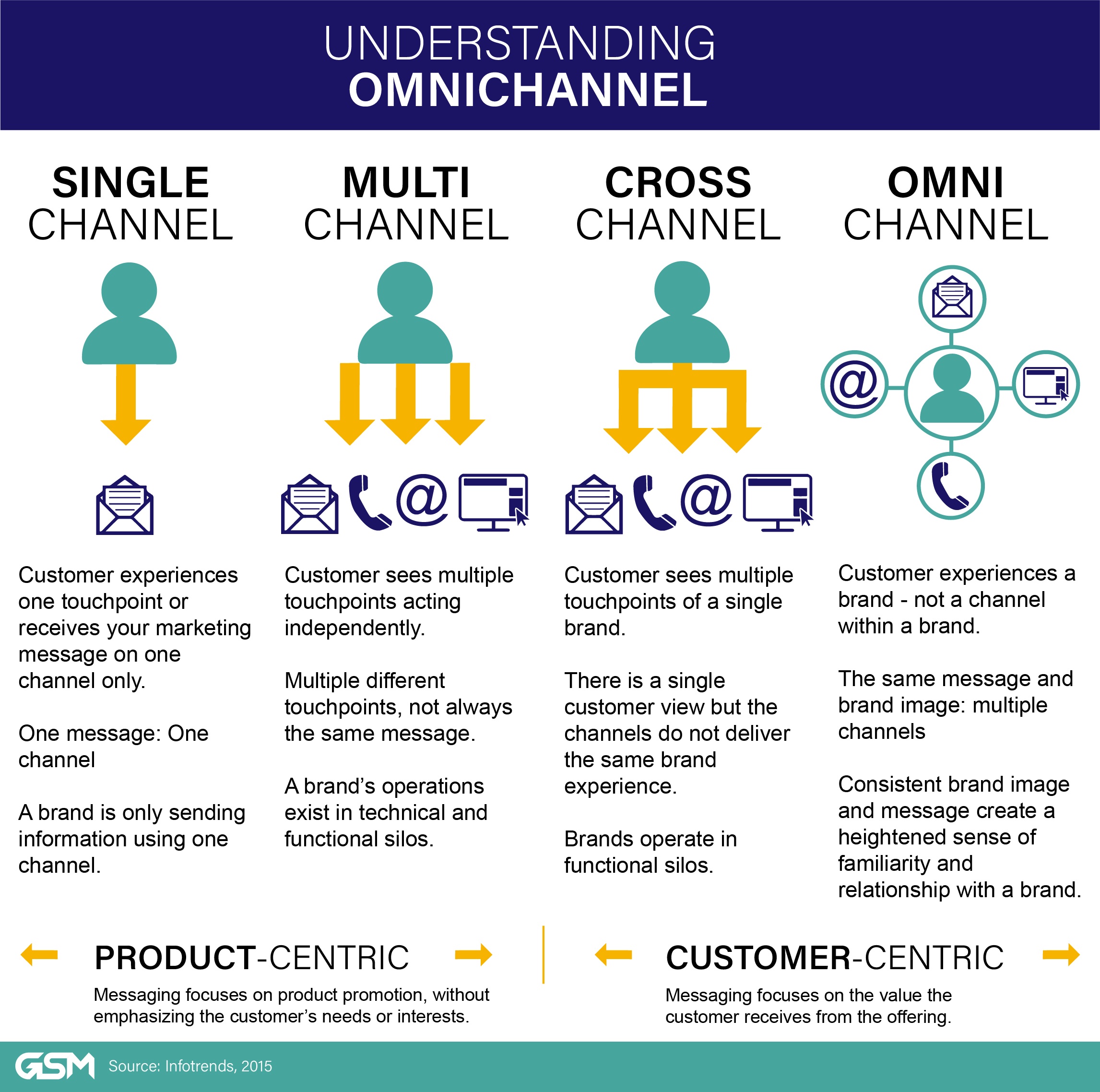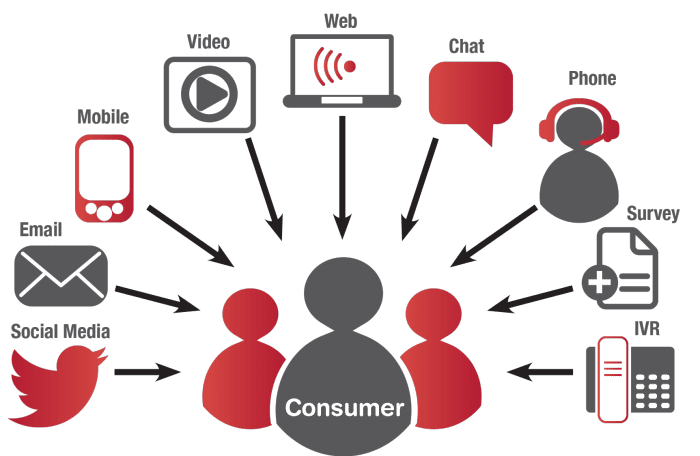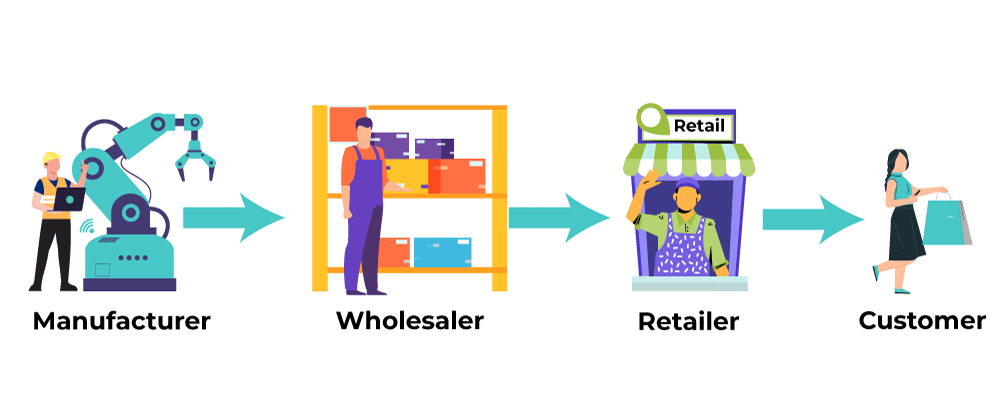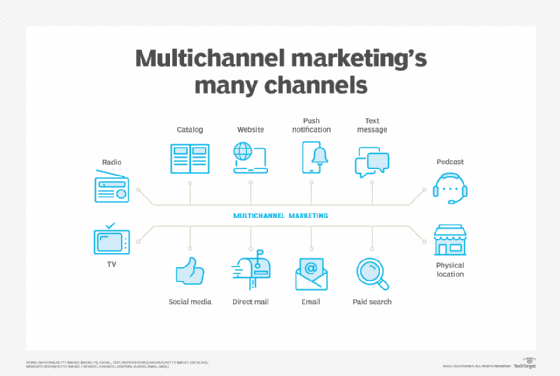Which Sales Channel Has Been Opened To Manufacturers
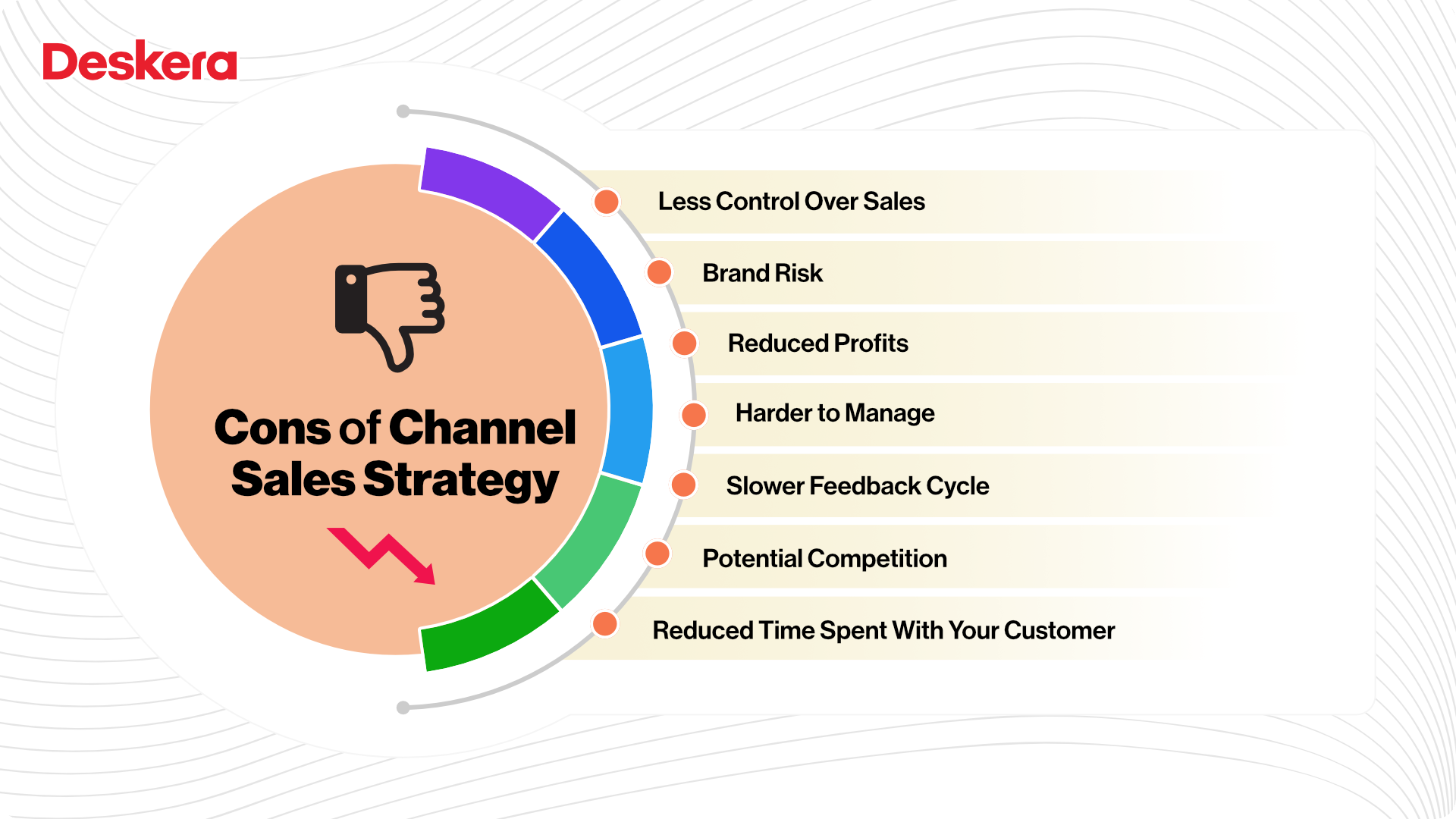
Imagine a bustling workshop, filled with the hum of machinery and the scent of sawdust. For generations, the manufacturers within its walls relied on established networks, distributors, and retailers, to get their creations into the hands of consumers. A profound shift is underway, rewriting the rules of engagement and opening doors previously locked.
This article explores the burgeoning trend of manufacturers embracing direct-to-consumer (DTC) sales channels, a transformative move that empowers them to connect directly with customers, control their brand narrative, and unlock unprecedented opportunities for growth. This shift is about more than just cutting out the middleman; it's about forging authentic relationships, gathering invaluable customer insights, and shaping the future of manufacturing.
The Rise of the Direct-to-Consumer Model
The direct-to-consumer (DTC) model isn't entirely new, but its recent surge in popularity represents a significant change in the manufacturing landscape. Fuelled by the accessibility of e-commerce platforms and evolving consumer preferences, manufacturers are now presented with the opportunity to bypass traditional retail channels.
Historically, manufacturers relied heavily on distributors, wholesalers, and retailers to reach their target markets. This multi-tiered system, while effective, often resulted in a loss of control over branding, pricing, and customer experience. The DTC model provides manufacturers with complete control over these critical aspects.
The ability to directly interact with customers is a key driver behind this trend. Manufacturers can now gather real-time feedback, personalize product offerings, and build brand loyalty in ways previously unimaginable.
E-Commerce Platforms: The Catalyst for Change
The democratization of e-commerce platforms, such as Shopify, Magento, and WooCommerce, has been instrumental in enabling manufacturers to embrace the DTC model. These platforms provide the tools and infrastructure necessary to set up online stores, manage inventory, process payments, and ship products directly to consumers.
Previously, establishing an online presence required significant investment in technology and expertise. Today, user-friendly platforms make it accessible for manufacturers of all sizes to create professional and engaging online storefronts.
The simplicity and affordability of these platforms has leveled the playing field, allowing even small-scale manufacturers to compete with established brands.
Changing Consumer Preferences
Consumer expectations have also played a significant role in the rise of the DTC model. Today's consumers are increasingly seeking authentic experiences, personalized products, and direct interactions with the brands they support.
They are also more likely to research products online, read reviews, and compare prices before making a purchase. DTC brands can leverage this trend by providing transparent information, showcasing their craftsmanship, and offering competitive pricing.
Consumers are also drawn to the convenience and ease of online shopping. The ability to purchase products directly from the manufacturer, without having to go through a third-party retailer, is a major selling point for many.
Benefits of Embracing the DTC Model
The decision to embrace the DTC model comes with a multitude of benefits for manufacturers. From increased profitability to enhanced brand control, the potential rewards are substantial.
Increased Profit Margins
By cutting out the middleman, manufacturers can significantly increase their profit margins. They are no longer required to share a percentage of their revenue with distributors and retailers.
This allows them to either reinvest in their business, offer competitive pricing to consumers, or simply increase their overall profitability.
This is a crucial advantage, particularly for small and medium-sized manufacturers who often struggle to compete with larger corporations.
Enhanced Brand Control
The DTC model empowers manufacturers to control their brand narrative and customer experience. They can curate the entire shopping journey, from product discovery to post-purchase support.
This includes crafting compelling product descriptions, creating visually appealing marketing materials, and providing personalized customer service. This level of control allows manufacturers to build a stronger brand identity and foster customer loyalty.
With enhanced brand control, manufacturers can better convey their values, their story, and the unique qualities of their products.
Direct Customer Feedback
One of the most valuable benefits of the DTC model is the ability to gather direct customer feedback. Manufacturers can use this feedback to improve their products, refine their marketing strategies, and enhance the overall customer experience.
This feedback can be gathered through online surveys, customer reviews, social media interactions, and direct communication. By actively listening to their customers, manufacturers can gain valuable insights into their needs and preferences.
This data-driven approach allows manufacturers to make informed decisions and continuously improve their offerings.
Data-Driven Decision Making
The DTC model provides manufacturers with access to a wealth of data on customer behavior, purchase patterns, and product performance. This data can be used to make informed decisions about everything from product development to marketing campaigns.
By analyzing this data, manufacturers can identify trends, anticipate demand, and optimize their operations for maximum efficiency. This data-driven approach is essential for success in today's competitive marketplace.
Data analytics tools can help manufacturers understand which products are selling well, which marketing campaigns are most effective, and which customer segments are most valuable.
Challenges and Considerations
While the DTC model offers numerous benefits, it also presents a unique set of challenges and considerations for manufacturers. Navigating these challenges requires careful planning and execution.
Building Brand Awareness
One of the biggest challenges for DTC manufacturers is building brand awareness. They no longer have the benefit of relying on the marketing efforts of distributors and retailers.
Manufacturers must invest in their own marketing campaigns to reach their target audiences. This may involve social media marketing, search engine optimization, content marketing, and paid advertising.
Building brand awareness requires a strategic and consistent approach.
Managing Logistics and Fulfillment
Another challenge is managing logistics and fulfillment. Manufacturers must ensure that they have the infrastructure in place to efficiently process orders, pack products, and ship them to customers.
This may involve investing in warehouse space, hiring additional staff, and partnering with shipping companies. Proper inventory management is also essential to avoid stockouts and delays.
Outsourcing logistics to a third-party logistics (3PL) provider can be a viable option for some manufacturers.
Providing Customer Service
Providing excellent customer service is crucial for success in the DTC model. Manufacturers must be prepared to handle customer inquiries, resolve complaints, and provide technical support.
This requires investing in customer service training and implementing effective communication channels, such as email, phone, and live chat. Prompt and courteous customer service is essential for building customer loyalty.
A positive customer experience is essential for driving repeat business and generating positive word-of-mouth referrals.
Examples of Successful DTC Manufacturers
Several manufacturers have successfully embraced the DTC model and achieved remarkable results. These companies serve as examples of what is possible with careful planning and execution.
Warby Parker, the eyewear company, disrupted the industry by offering stylish and affordable glasses directly to consumers online. They bypassed traditional retailers and offered a convenient home try-on program.
Casper, the mattress company, revolutionized the mattress industry by selling mattresses online and shipping them directly to consumers in a box. Their convenient delivery and generous return policy made them a popular choice.
Dollar Shave Club, the shaving subscription service, disrupted the shaving industry by offering affordable razors and grooming products directly to consumers on a recurring basis.
The Future of Manufacturing
The rise of the DTC model is fundamentally changing the landscape of manufacturing. It is empowering manufacturers to connect directly with customers, control their brand narrative, and unlock unprecedented opportunities for growth. Manufacturers who embrace this trend are poised to thrive in the years to come.
The ongoing digital transformation will continue to fuel the growth of the DTC model. As technology evolves and consumer preferences shift, manufacturers must adapt and embrace new ways of reaching their target audiences.
By focusing on building authentic relationships with customers, providing exceptional products, and delivering outstanding customer service, manufacturers can build sustainable and thriving businesses in the direct-to-consumer era.
The hum of the workshop now echoes with the sound of opportunity. The closed doors have swung open, revealing a future where manufacturers are not just creators, but connectors, shaping their own destiny, one customer relationship at a time.
